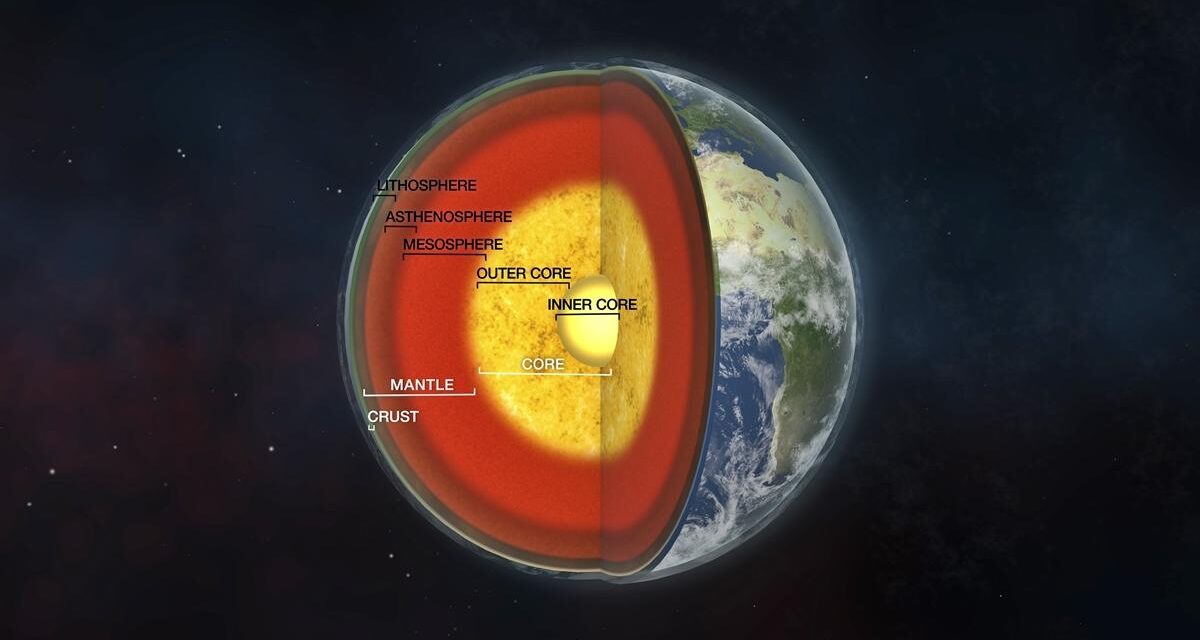The study published in Nature Geoscience states that the globally consistent pattern suggests that inner-core rotation has recently paused.
Earth’s layers are divided into three parts: the crust, mantle, and core.
Earlier the rotation came to a grinding halt in 2009 and then it surprisingly turned in an opposite direction.
Researchers have long believed that the inner core rotates, relative to the Earth’s surface, back and forth, like a swing.
“One cycle of the swing is about seven decades, meaning it changes direction roughly every 35 years. It previously changed direction in the early 1970s, and predicted the next about-face would be in the mid-2040s,” the researchers from China’s Peking University told AFP.
Earth’s inner core was first discovered in 1936 as researchers were studying seismic waves from earthquakes that travel throughout the planet.
It was the change in the waves that revealed Earth’s core, which is around 7000 kilometers wide and made up of a solid center of iron wrapped inside the shell of liquid iron.
A 1996 study in Nature revealed that the travel times of seismic waves that traverse the Earth’s inner core show a small but systematic variation over the past three decades.
This variation is best explained by a rotation of the inner core and the rotation rate is on the order of 1° per year faster than the daily rotation of the mantle and crust.
The team from Peaking University analysed earthquakes mostly from between 1995 and 2021 and the analysis revealed that sometime around 2009 the core stopped spinning and might be in the process of changing the spinning direction.
Researchers have said that the rotation of the core is related to the changes in the length of the day and it could lead to small variations in the exact time it takes for Earth to rotate on its axis and that there are links between the different layers of the planet -crust, mantle, and core.
The team said that the observations provide evidence for dynamic interactions between the Earth’s layers, from the deepest interior to the surface, potentially due to gravitational coupling and the exchange of angular momentum from the core and mantle to the surface.
“We hope our study can motivate some researchers to build and test models which treat the whole Earth as an integrated dynamic system,” they said, adding that so far there is no evidence to suggest that the change in the spinning could affect people living on the surface of the planet.









